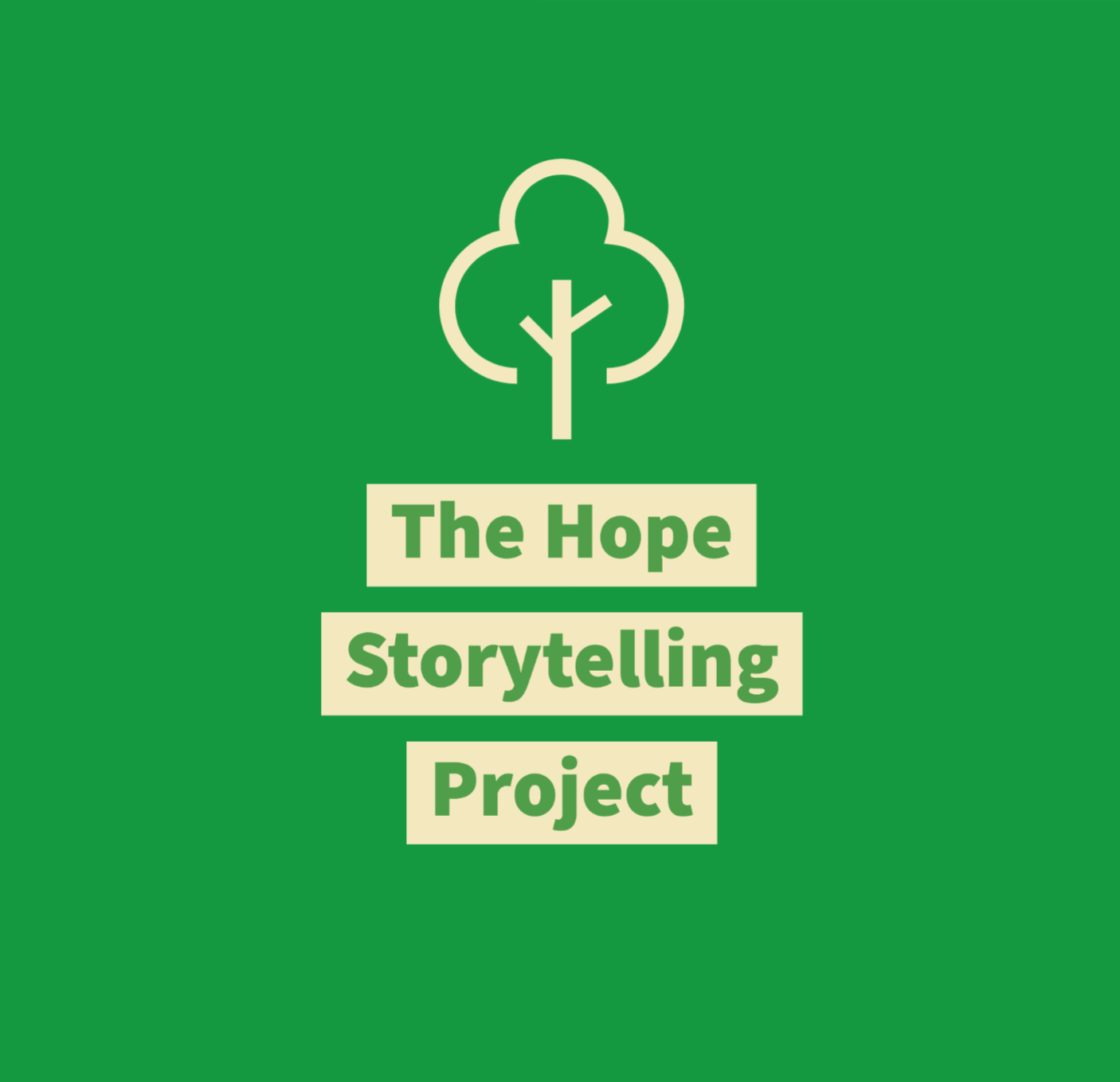Blog by Alisha Yi and David Xiang
 “Thank you for this time. I needed this,” one participant remarked after sharing her poem of recently losing a family member.
“Thank you for this time. I needed this,” one participant remarked after sharing her poem of recently losing a family member.
It is moments like this that we are reminded of the healing power of poetry—its ability to permit us to wrestle with our feelings, to redefine our everyday existence, and most importantly, to provide emotional connectivity. Through poetry, we can find common similarities in our seemingly different and distant lives, making us feel not quite so alone.
In the Hope Storytelling Project, we sought to use poetry to do what seems impossible during this pandemic: to connect, to heal, and to strengthen our voices, all while separated. But through our virtual poetry workshop series, held at the Cambridge Public Library and the Las Vegas Clark County Library District, we did just that. In the span of 10 weeks, from May to July, a group of 20-25 strangers transformed into a tight-knit online community generated by open sharing and vulnerability, and, together, experienced the comfort and therapy that poetry can provide.
In a time where social distancing has made us forgo our traditional mediums of connection, we have found solace in the power of poetry to create sparks of interaction, of shared memories and emotions, of self-reflection, and self-healing. While the distances between individuals and communities may seem to be growing, poetry closes the gap, and strengthens the connections we have to our own minds, those around us, and the collective world. Even if we are alone, poetry can provide us with avenues for healing and reflection, with a tangible and accessible way to bridge medicine and the humanities.
These experiences of poetry and its benefits have been long recognized before us. As a matter of fact, the healing power of art and poetry has been utilized and applied to patients for thousands of years. And starting in the early 19th century, poetry began to be used as a form of mental health treatment. Over time, poetry therapy has been implemented into multiple settings, including senior centers, hospices, prisons, nursing homes, and hospitals across the United States and the world.
Now, with the onset of the pandemic, poetry is much needed. With loneliness on the rise, social connections disintegrating, and isolation setting nationwide, the ability to have a genuine connection with others is becoming a scarce commodity. It’s never been more important to feel as if we have or are part of a community, and poetry can offer a way to do so, even as we grow more and more disconnected from others.
The act of reading, sharing, and writing poems demands a certain kind of attention and introspection– a slow and intentional one. This offers the opportunity to decrease our sense of isolation: it helps us see that we are not alone, as we are reminded of how others are embarking on similar journeys as our own, sharing the same sentiments, feelings, and concerns. Even while some of us may be worried about paying bills or caring for an ailing loved one, poetry permits us to redress and to bear witness from a different approach. It gives us the space to cry out in fear, to shout in joy, to let our most authentic self shine through. These aspects of poetry encourage a much-needed healing, especially now.
It is time that we start applying poetry into our everyday lives. Here are simple, but effective steps in which we can start using poetry at home. These suggestions are accessible to anyone and can be done at your own pace.
- Begin by looking around, inside or outside, and writing whatever that comes into your mind. Don’t stop writing. Write down anything and everything for 5 minutes.
- Read or listen to a poem. Let Evening Come by Jane Kenyon, Dreams by Langston Hughes, or Good Bones by Maggie Smith are great poems to start with. For more reading, check out https://www.poets.org or https://www.poetryfoundation.org/. For podcasts, check out The Slowdown by Tracy K. Smith and The Poetry Foundation podcasts.
- Share a poem. Email a poem to a friend, to a social group, to a loved one. Maybe mention some of your favorite lines, or how the poem made you feel. Start a conversation with them about a poem you read. Talk about what lines stood out, what confused you, what resonated with you, what the poem evoked in you.
- Do a writing exercise. Here is one of our favorite prompts that we used in one of our workshops: Listen to the song, Imagine, by John Lennon. As you listen, imagine your ideal world, and write down as many descriptions of what this world resembles. Then, think about how this ideal world compares to your world now. What moments/images do you feel strongly about? Think about your struggles, your dreams, your failings, your visions. Write a poem about these thoughts: about your ideal world, and the power that your poem can have in amplifying your voice and vision.
- Repeat steps 1-4. Even if it is just once a week, or once a month. Make poetry part of your routine.
In this pandemic, it is critical that we discover a way to find solace, perspective, and connection despite the circumstances, and these steps provide an approach to the accessible and therapeutic power of poetry. Although we may feel alone, poetry is one way to come and heal together.
Alisha Yi is a junior at Harvard University and was previously appointed as the 2018 U.S. Presidential Scholar in the Arts for Writing (Poetry).
David Xiang is a medical student at Harvard Medical School, recent graduate of Harvard University, and previously served as a 2015 National Student Poet, the nation’s highest honor for youth poets.
For more information on the Hope Storytelling Project, refer to our website: hopestorytellingproject.org.